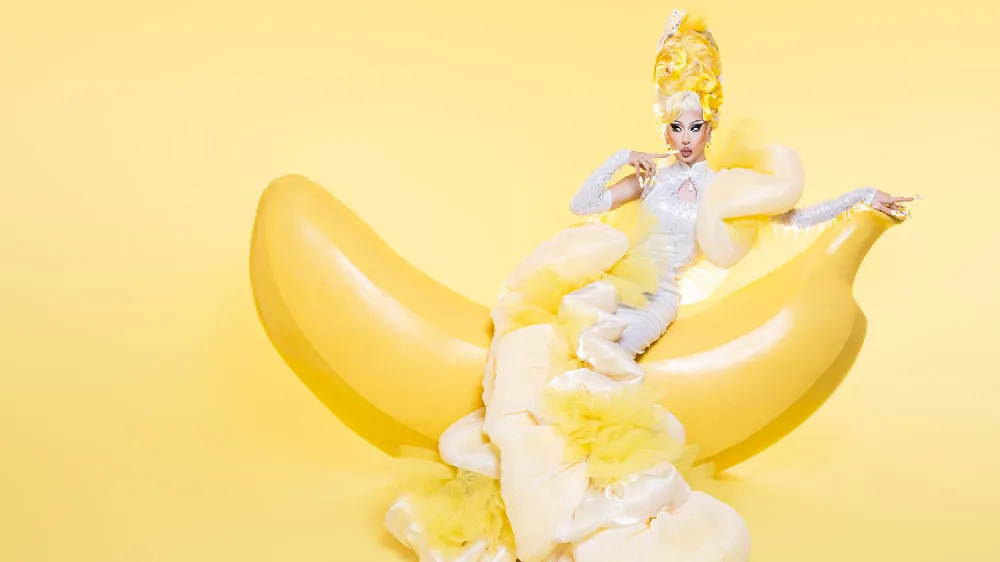August 6, 2016
The Legacy of a Genius: Cristobal Balenciaga
Richard Frisbie READ TIME: 3 MIN.
Fashion designer Crist�bal Balenciaga is the fellow Coco Chanel described as the only authentic couturier because, unlike his contemporaries, he could design, cut, assemble and sew a dress himself; de Givenchy called him the architect of haute couture, and Dior referred to him as primus inter pares, the first among equals.
Crist�bal Balenciaga's influence in the world of fashion began between the World Wars and stretched through the tumultuous 60s. From the age of 20 he dressed the extremely wealthy, from queens (of the royal variety) to first ladies, creating styles and perfecting techniques that are still relevant in today's world of fashion.
The timelessness of his designs is the focus of a show at the museum dedicated to him, Balenciaga Museoa. Located in his hometown of Getaria, Spain, just outside of San Sebastian, the city currently shares the title of 2016 European Capital of Culture with Wroclaw, Poland. The museum, celebrating its fifth anniversary, has the largest collection of Balenciaga creations. The current exhibit has many of his gowns arranged in a timeline from the 1930s through the 60's, dramatically lit and grouped together by styles and materials.
Another exhibit showcases Balenciaga's creative and innovative use of lace. The machination of lace production, especially in Calais, France, and its subsequent increased availability during his career, inspired him to use lace in ways never before considered. He brought depth, color and embroidery to various weights of lace to produce previously unseen results.
The Perfect Pair
Among other things, Crist�bal Balenciaga is also known for being the most famous gay Basque. He and his lover, the French-Polish aristocrat Wladzio d'Attainville, met in Paris in the 1930s where Balenciaga settled during the Spanish Civil War. They were inseparable, and Wladzio helped finance Balenciaga's haute couture shop in Paris. Later they lived openly as a couple with Cristobal's mother in San Sebastian where everyone knew the elegant and handsome men were gay, but no one spoke of it.
When Wladzio died in 1948, Balenciaga was devastated. His annual fashion show that year featured all black designs. Author Miren Arzallus in his book "La forja del Maestro," said, "He imposed the mourning for his boyfriend on all the elegant women of his age." Balenciaga's mourning continued throughout the remainder of life. He died in 1972 without taking another lover. And while he is credited with making black a chic color, he is best remembered for his timeless designs - at times austere, at times versatile - but always beautifully constructed and elegantly sophisticated.
Tradition Reborn
The House of Balenciaga closed in 1968 but reopened in the 1980s, and was notably present at the 1992 Olympics where the fashion press said the Balenciaga-designed French sports clothes lent an air of sophistication to the games.
Of all the modern fashion designers, Crist�bal Balenciaga's influence can most be seen in the works of the late Oscar de la Renta, a Dominican fashion designer he trained. The Balenciaga name, once famous for haute couture, is now known to a new generation of women for its stylish leather handbags and bracelets, many with a punk look, with the bags selling for well over $1,000 each. The brand is owned by Gucci.
Balenciaga Museoa, "Crist�bal Balenciaga, A Timeless Legacy" runs through December 31, 2016. "Balenciaga Master of Lace" runs through September 18, 2016. For more information on this and other attractions of Donostia/San Sebastian during the European Capital of Culture year, visit www.sansebastianturismo.com/en
Richard Frisbie is a bookseller and publisher in New York State whose food & wine travel articles appear in LGBTQ and regional periodicals, as-well-as at Gather.com, Globalfoodie.com and GoNomad.com. He accepts free copies of books for review, restaurant meals to critique, bottles of wine and liquor for tastings, and all-expense-paid trips in exchange for articles about the destinations. He is paid for these articles. Richard promotes informed, authentic information about food, wine and travel, and does not allow the financial arrangements and/or sponsorship to affect his judgment. You can email him at: [email protected]







